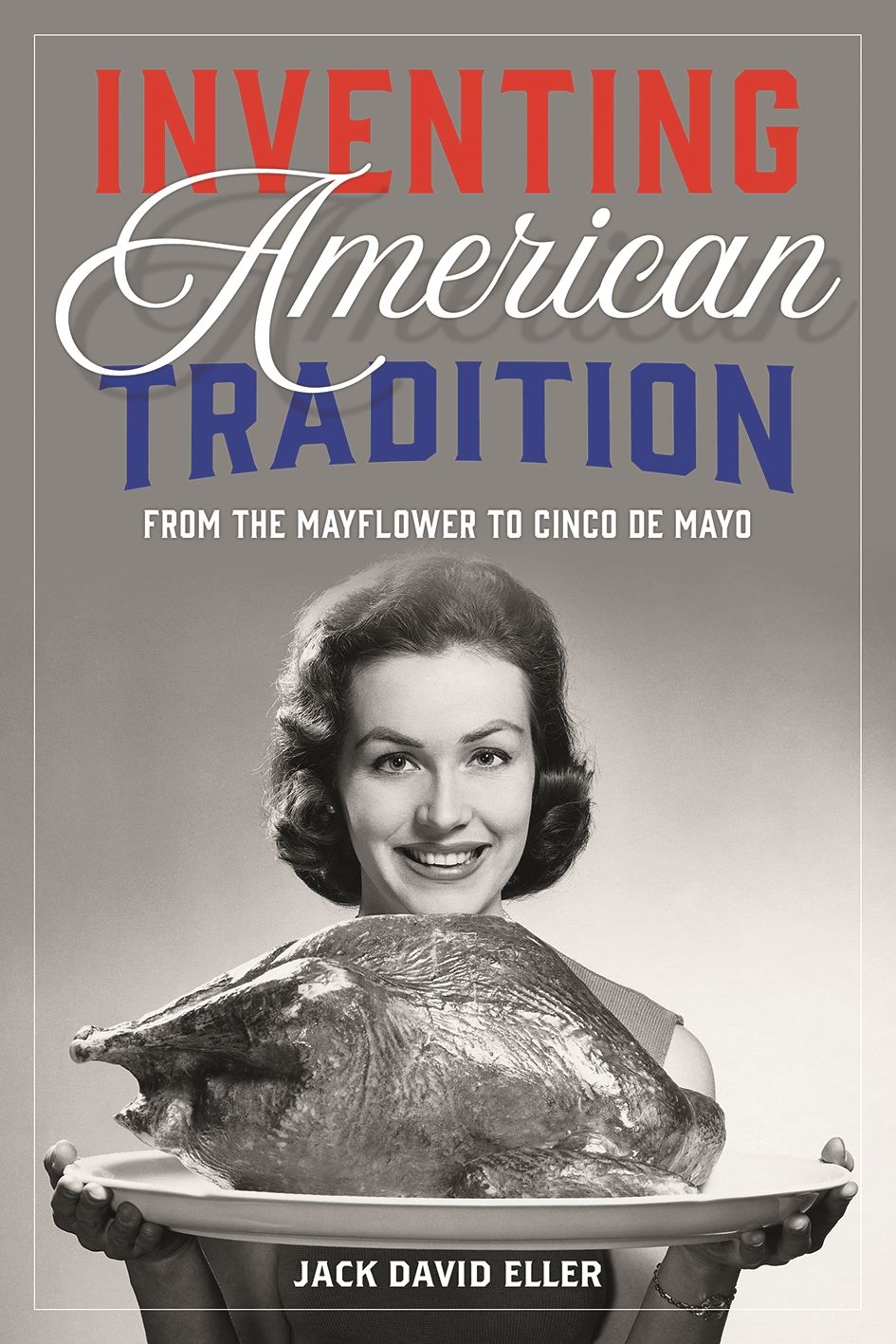The origins of the pledge cannot be understood apart from the “flag movement” of the 1880s, which itself cannot be understood apart from the Civil War. Just as U.S. (that is, Union) flags became more omnipresent during the war, so “loyalty tests” also spread. People suspected of disloyalty were often arrested, eligible for pardon if they submitted to an “oath of allegiance” swearing to “support, protect and defend the Constitution and Government of the United States against all enemies, whether domestic or foreign,” and to “bear true faith, allegiance and loyalty to the same.” Such oral and signed performances were thought to be rehabilitative, making real Americans out of those whose devotion was questionable or had wavered.
During the war, the practice of oath-taking and pledging did not extend beyond captured Confederate soldiers and their suspected Northern sympathizers, but the “cult of the flag” that emerged two decades later began to stir a desire in many Americans to have more citizens—maybe all citizens—demonstrate their respect for the flag. Schools, in particular, became a site for organizing around this impulse. For example, in the last 1880s in New York City, George T. Balch, a West Point graduate and veteran of the Civil War, organized a number of flag-related patriotic ceremonies for schoolchildren, and in his 1890 Methods of Teaching Patriotism in the Public Schools, he published the first known pledge to the U.S. flag: “We give our Heads! —and our Hearts! —to God! —and our Country!” Around the same time, Charles Homer of the Grand Army of the Republic (GAR) began encouraging the GAR to promote “flag presentation ceremonies” in schools around the country.
In October 1888, a popular weekly children’s magazine, the Youth’s Companion, started running advertisements selling flags, and in 1890 it sponsored a promotional essay contest for students on the topic “The Patriotic Influence of the American Flag When Raised over the Public School.” The winner from each state would receive a large flag for their school. That same year, James B. Upham, head of the magazine’s promotions department, concocted an idea for a national public school celebration of the four-hundredth anniversary of Columbus’s arrival in the Americas. He took his plan to the National Education Association, which appointed a steering committee chaired by Francis Bellamy, minister of Bethany Baptist Church in Boston and a Christian socialist, as well as an editor at the Youth’s Companion.
By the summer of 1892, Congress had declared October 21 (not October 12) “Discovery Day” and indicated that it should be commemorated with “suitable exercises in the schools and other places of assembly.” Upham, Bellamy, and the Youth’s Companion designed the specific exercises and published them in the magazine under the heading “Official Programme for the National Columbia Public School Celebration of October 21, 1892.” Included in the day’s activities were a presidential proclamation, a flag-raising by veterans, a song, a speech, a poem, and a salute to the flag. The third section of the program, “Salute to the Flag,” contained these guidelines:
At a signal from the principal the pupils, in ordered rank, hands to the side, face the flag. Another signal is given; every pupil gives the flag the military salute—right hand lifted, palm downward, to a line with the forehead and close to it. Standing thus, all repeat together slowly: “I pledge allegiance to my flag, and to the republic for which it stands: one nation, indivisible, with liberty and justice for all.” At the words, “to my flag,” the right hand is extended gracefully, palm outward, toward the flag, and remains in this gesture till the end of the affirmation; whereupon all hands immediately drop to the side. Then, still standing, as the instruments strike a chord, all will sing America—“My Country ’Tis of Thee.”
This was the first incarnation of the Pledge of Allegiance, composed by Bellamy, though conspicuously missing two prominent elements, namely, any mention of the United States or of God.
